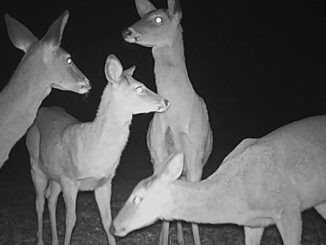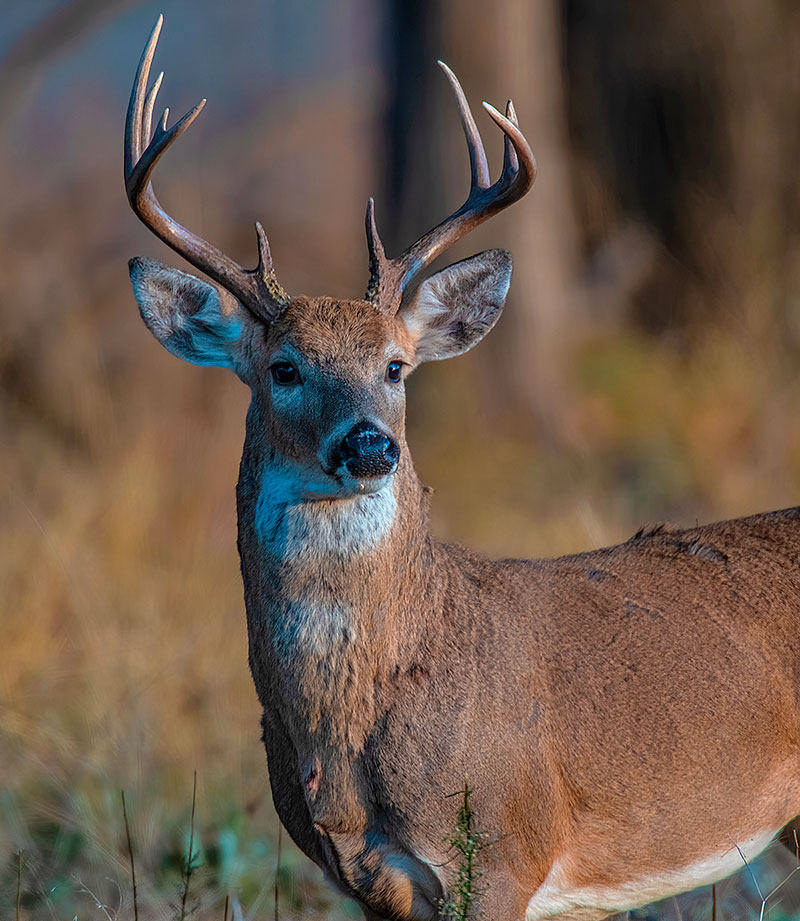 Louisiana public land hunters are notorious for trying to keep secret their favorite spots for public land hunting.
Louisiana public land hunters are notorious for trying to keep secret their favorite spots for public land hunting.
The area formerly known as Fort Polk-Vernon WMA is now officially the Fort Johnson-Vernon Wildlife Management Area. This change comes after the U.S. Army re-designated Fort Polk as Fort Johnson during a ceremony held June 13. It is home to one of the most unique and productive public hunting areas in the state of Louisiana. Put this one on the list that doesn’t get too much publicity.
The Johnson-Vernon WMA encompasses 105,545 acres of public land owned by a combination of the United States Army and the United States Forest Service. Much of the area is used primarily as a training area for the Joint Readiness Training Command. This poses a unique challenge to the hunting public because the military training and the force readiness takes priority over the recreational use of the property.
But challenge or not, the area offers great whitetail hunting and most of the time, it isn’t crowded. Hunters who frequent the area don’t tell a lot of people about it because they like it that way.
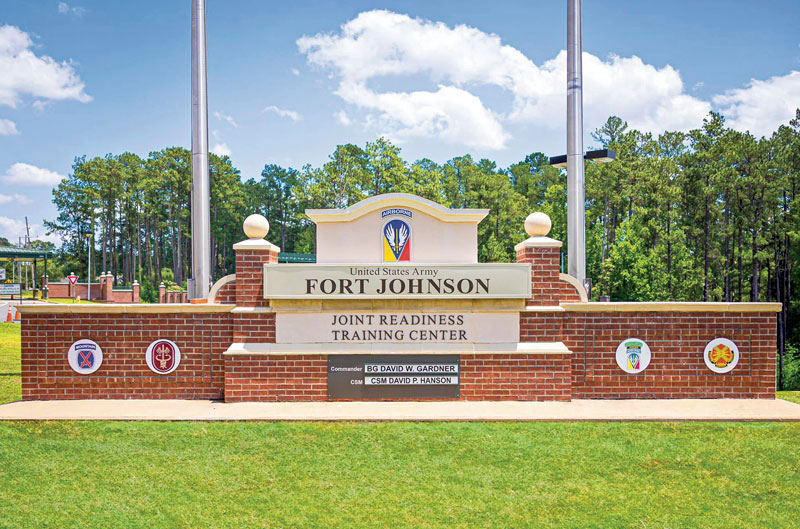
Moderate to high
Wendell Smith, Louisiana Department of Wildlife and Fisheries Regional Manager, said they work to maintain the deer population on Johnson-Vernon to give as many hunters as possible the opportunity to harvest a deer. Smith classifies the deer population on the WMA as moderate to high.
Smith talked about an issue with low harvests on the area when it was called Fort Polk specifically related to the either sex hunting dates. The either sex hunt dates are pre-determined and are directly impacted by the military training on Fort Johnson-Vernon itself. When training is being conducted on the either sex deer hunt dates, and the training encompasses most of the WMA, hunters are allowed access to a reduced hunting area for recreational purposes.
The training dates and areas are also published ahead of time and deter some hunters. This combination can cause a reduced number of hunters participating in hunts and results in reduced hunting efforts and a reduced number of deer harvested.
The base map system identifies in red the areas where ranges are located as well as impact areas. The red areas are identified as “Danger, No Hunting, No Trespassing.” The challenges involved keeps many hunters away, but they are missing a good opportunity by not considering the area.
This installation has been home to active military training with live ammunition since its creation in 1941. The amount of training and ammunition expended results in an unknown amount of unexploded ordinance. It is incredibly important to not disturb any suspicious artifacts. Follow the “Three R’s” program identified as “Recognize, Retreat, and Report.” Any identified items should be reported immediately to Range Operations at (337) 531-5445 or (337) 531-5239.
Study the maps
Personnel who use Johnson-Vernon should become familiar with the process of reviewing published maps that identify areas closed to recreational users due to military training. Those maps can be reviewed in person at each identified check station board on the area or through the WMA’s web page.
Possibly the most significant factor impacting the hunting area has been the large tornado in 2019 and the series of tornados during Hurricane Laura in 2020. These storms left huge areas of downed pine trees and hardwood bottom land trees. The 2019 tornado left a damaged area over 300 yards wide and several miles long. This damage actually did some long-term benefit, creating areas of forest openings beneficial to deer habitat by allowing for the growth of a significant amount of deer browse habitat, as well as providing cover and protection from predators.
However, the loss of bottom land hardwoods contributed to the loss of mast producing trees such as oak trees, which will take many years to be replaced. The United States Forest Service is working to salvage the wood from downed trees and clear areas that currently cannot be traversed for recreational purposes.
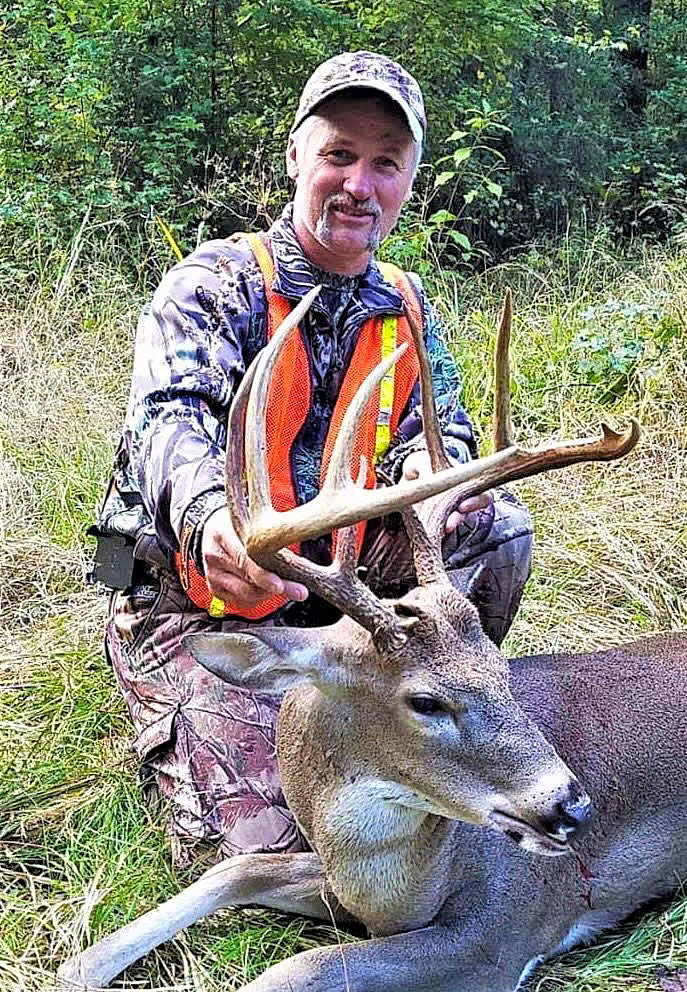
Inside information
Local federal game enforcement agents Lt. Candace Varnes and Lt. Howard Stacy discussed the common issues encountered while working the WMA.
Varnes said the most common issue they come across is when hunters do not check in appropriately and/or fail to have the required permit while hunting. Varnes also comes across hunters who carry firearms into the bow hunting only areas and the occasional incident where hunters use baiting methods to attract deer or wildlife.
Stacy and Varnes recommend an app, Avenza Maps, which is especially useful when hunting the WMA. This app allows hunters to overlay the base map with their GPS location to accurately identify where they are on the base map and avoid the dangers of inadvertently entering an impact areas or other unauthorized areas.
Currently all roads and trails are open but Varnes cautioned hunters to use only the roads and trails marked on the official map. There are other roads and trails that were created during training but are not mapped and not allowed for travel by vehicle or ATV/UTV. This has been an issue recently as hunters have discovered that trails or roads they have used for many years are no longer on the base map and are not allowed for vehicle travel. Varnes and Stacy also pointed out that there are no ATV/UTV trails on the entirety of the area.
ATVs only are allowed for the retrieval of downed game, but must meet all WMA standards. Hunting stands or blinds left in the ‘hunting position” and/or not appropriately marked with the owner’s information will be confiscated. The current hunting regulations specific for the base that covers all aspects of recreational use on the area is being updated, but there is no predicted date when it will be released. Current regulations follow all published state and federal regulations.
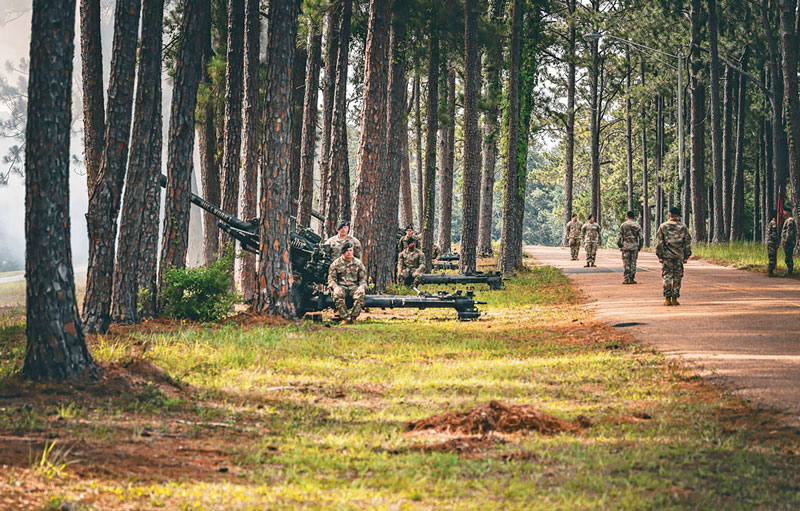
Seen it all
Victor Scarinzi, a local resident hunter and taxidermist, as well as the author of “Simple Man’s Dream, Stories of the Hunt,” has seen it all in his 30 plus years of hunting all over Vernon Parish and around the world. He is an excellent source of information for the WMA and region.
Scarinzi grew up in the Anacoco area just north of what was then Fort Polk. In the 1970’s and 1980’s the area was a vastly different place to hunt and fish. There were fewer roads and areas that were more difficult to access, therefore you had fewer people and less hunting pressure. The creation of fire lanes, trails, and roads over the years has increased human activity all around the WMA. Scarinzi has a great deal of experience in not only the way of the whitetail deer but also in specifically how to hunt them on public land.
Scarinzi noted that people tend to like to hunt lanes, trails, and openings. This strategy does not lead to many successful hunts and often results in contact with other hunters. He employs a variety of strategies for hunting the WMA to include one in particular that may seem a bit strange to most hunters.
Scarinzi will typically not enter the woods until about 9:30 a.m. It is shortly after, about 10 a.m. to noon, when hunters begin to leave the woods. In doing so, occasionally they will jump deer and force deer to move, which can lead to an opportunity for those that remain in the stand. Further, Scarinzi noted that once all the trucks leave it gets quiet and the deer often use this time to move and feed. The deer appear to pattern the hunters just as well as the hunters are patterning the deer. Scarinzi has killed many deer using this method over the years.
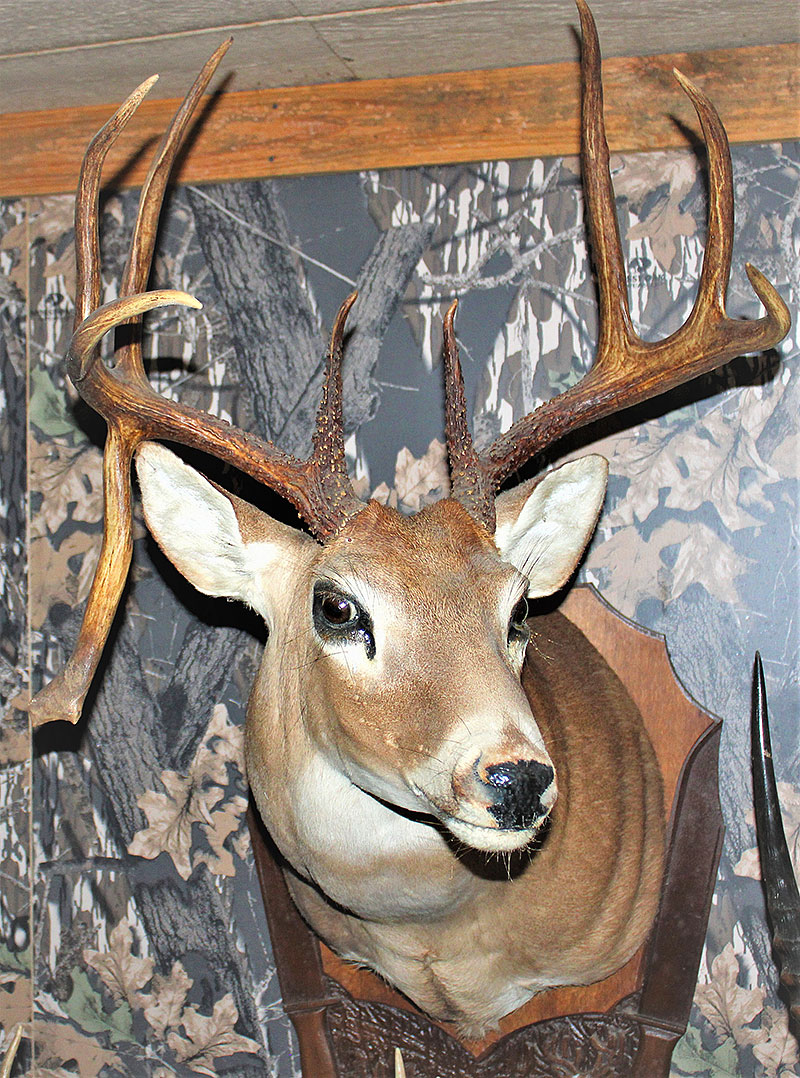
Biggest changes
Scarinzi pointed out the biggest changes over the years that have impacted hunting here include an increase in archery hunters, more hunters in general, and increased military training. Taking these factors into consideration, he recommends that hunters consider his suggestions for a successful hunt. Go in later and sit through the middle of the day, hunt the thickest place you can find in the remaining hardwood bottoms, put in the scouting time when areas are open and try to find those out-of-the-way locations to escape hunting pressure.
Scarinzi’s book tells stories of hunts for whitetail deer, a brush with the law, international hunts, local hunts, and a lot more. It also describes a hunt from his days in high school. He built a small camp with reclaimed wood and corrugated metal with a dirt floor and a wood stove. On a morning hunt with friends on the edge of the WMA, he encountered the largest buck he had ever seen at that point in his life. In an instant filled with the proverbial definition of buck fever, he was able to shoot and kill the deer. A huge body whitetail with a 10 ½-inch drop tine. That hunt was a huge turning point in his hunting career.
This WMA can be a challenge to study, learn, and hunt; however, it can also provide an opportunity for the harvest of quality deer.
Follow the rules. But be careful though. Don’t expose one of the best kept secrets in Louisiana WMA’s.
